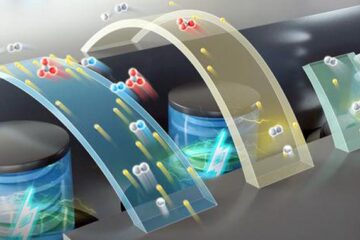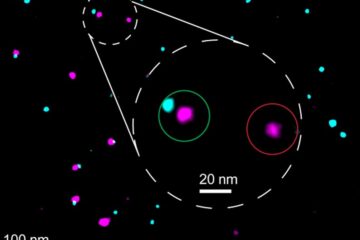Male-specific gene SRY directly controls neuronal function in the brain

Shaped by much previous research, the prevailing view regarding sex-specific differences in the brain is that they are caused by circulating sex hormones, which are generated outside the brain and influence certain aspects of brain development, as well as brain function in adults. But new findings, reported by a team including Dr. Eric Vilain of UCLA, now reveal a new dimension to the influence of sex determination on brain function. The research shows that a single sex-specific gene plays a direct role in the brain by acting in neurons themselves, in addition to exerting an influence on the brain from afar through the action of hormones.
The researchers show that the mammalian gene SRY, which is the key sex-determination gene that directs gonads to develop as testes rather than ovaries, is also required in males for the normal function of a particular set of neurons in the adult mouse brain. These neurons secrete the neurotransmitter dopamine in the substantia nigra, a brain region that degenerates in Parkinson’s disease.
SRY is passed from father to son on the Y chromosome and is not present in females. It is particularly intriguing that a gene that acts specifically in one sex is essential for the proper function of a certain set of neurons in males.
The researchers speculate that males and females may have different ways of maintaining the function of dopaminergic neurons in the substantia nigra. SRY, a gene present only in males, may compensate for other mechanisms of protection that are possessed more by females than by men–such protection could be provided by estrogens or other female-associated factors. The authors of the study are presently testing this hypothesis.
A potential implication of the work is that it may help explain sex-specific differences that characterize Parkinson’s disease, which is more frequent in males than females (exhibiting a 3:2 ratio in incidence). Also, sex differences in other behaviors or disorders linked to dopamine, such as schizophrenia or addiction, may be at least partly explained by functions of the SRY gene.
Media Contact
More Information:
http://www.current-biology.comAll latest news from the category: Life Sciences and Chemistry
Articles and reports from the Life Sciences and chemistry area deal with applied and basic research into modern biology, chemistry and human medicine.
Valuable information can be found on a range of life sciences fields including bacteriology, biochemistry, bionics, bioinformatics, biophysics, biotechnology, genetics, geobotany, human biology, marine biology, microbiology, molecular biology, cellular biology, zoology, bioinorganic chemistry, microchemistry and environmental chemistry.
Newest articles

High-energy-density aqueous battery based on halogen multi-electron transfer
Traditional non-aqueous lithium-ion batteries have a high energy density, but their safety is compromised due to the flammable organic electrolytes they utilize. Aqueous batteries use water as the solvent for…

First-ever combined heart pump and pig kidney transplant
…gives new hope to patient with terminal illness. Surgeons at NYU Langone Health performed the first-ever combined mechanical heart pump and gene-edited pig kidney transplant surgery in a 54-year-old woman…

Biophysics: Testing how well biomarkers work
LMU researchers have developed a method to determine how reliably target proteins can be labeled using super-resolution fluorescence microscopy. Modern microscopy techniques make it possible to examine the inner workings…





















